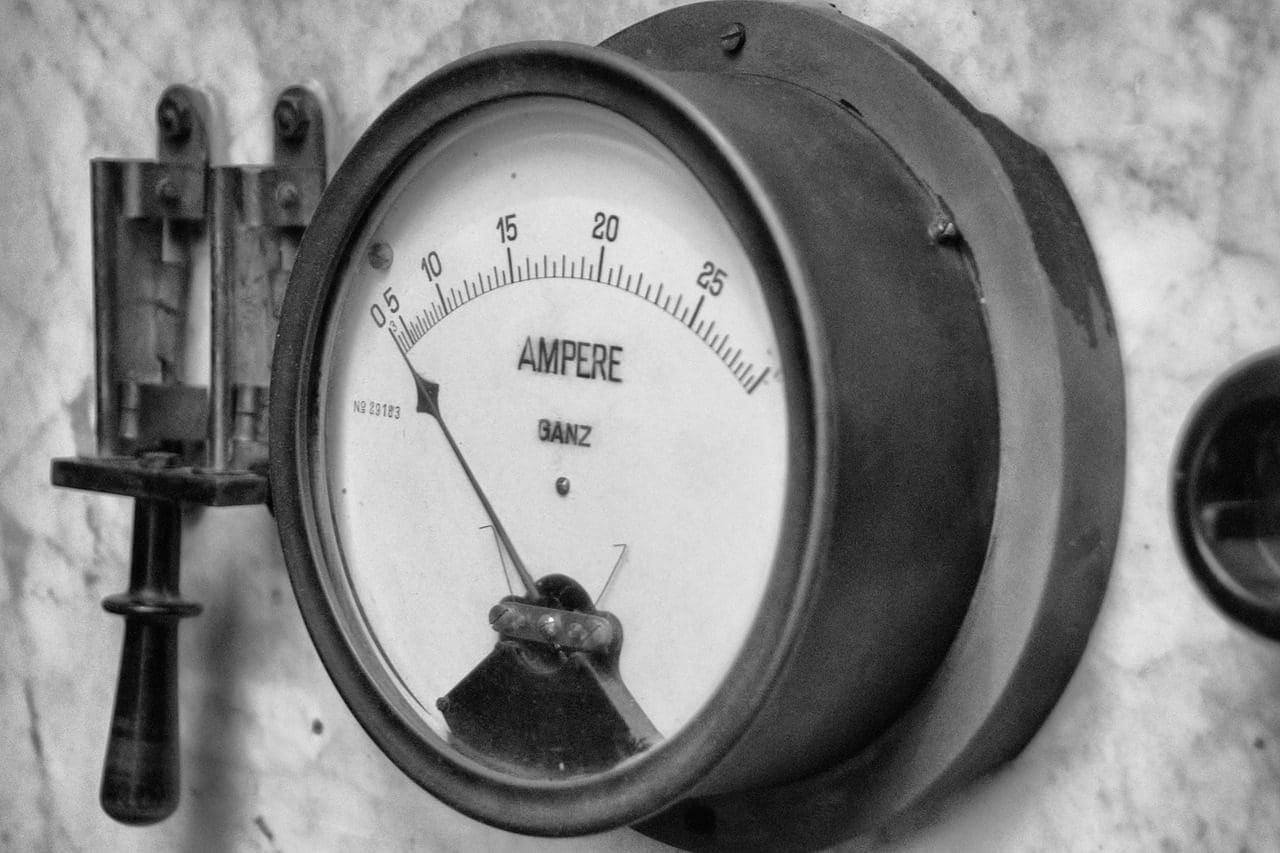This field focuses on subjects like Amps, Watts, Volts, etc. Almost the maximum percentage of people are associated with the two most common terms, Amps and Watts, while calculating the power consumed by various lighting fixtures and home appliances.
However, watts can be considered a comprehensive measurement in which power is calculated. In contrast, amps are the quantity of flowing current drawn.
Key Takeaways
- Amps, or amperes, measure the electric current flowing through a circuit.
- Watts measure the amount of power being used in a circuit.
- Watts can be calculated by multiplying volts by amps, while amps are calculated by dividing watts by volts.
Amps vs Watts
Amps measure the flow of electricity as an electric current. Amps measure the flow of electricity as an electric current, while Watts are Amps multiplied by Volts, which is the measurement used to determine the amount of energy. Amps is the unit of current flow, while Watts is the unit of power.

Amps or Amperes are considered the unit or SI unit of flowing current or electricity. When Watts is divided by voltage, it gives Amps. Measuring the current flow or Ampere is a simple process.
Watts is considered as the unit or SI unit of power. When Amps are multiplied by the mathematical value of voltage, it gives Watts. Measuring the Watts is a comparatively more complex process than measuring Amps.
Comparison Table
| Parameters of Comparison | Amps | Watts |
|---|---|---|
| Unit | Unit or SI unit of flowing current or electricity. | Unit or SI unit of power or radiant flux. |
| Calculation | When Watts is divided by voltage, it gives Amps. | When Amps are multiplied by the mathematical value of voltage, it gives Watts. |
| Simplicity of process | Measuring the current flow or Ampere is a simple process. | Measuring the Watts is a comparatively complex process. |
| The device needed for measurement | Ammeter | Ammeter/Wattmeter |
| Application | The application of amps can only be found in current and electricity. | Watts are applicable in the calculation of various forms of energy. |
| Also Expressed As | One Amp is equated to 1 joule per second. | One Watts is equal to one coulomb of charge per second. |
| Denoted as | Symbol A | Symbol W |
| Named After | scientist André-Marie Ampère. | An 18th-century inventor from Scotland, James Watt. |
What are Amps?
Ampere is used in its shortened form as “amp” and is denoted as A. Amps, or Ampere, is the basic unit of measurement of electric current according to the International System of Units or SI.
He was a physicist and mathematician from France (1775–1836). One Ampere is defined as one coulomb of charge drawn per second.
In a conductor, the flow rate of electrons is measured in Ampere.
The value of the electrical charge is 6.24×10^18 electrons in one second. Ampere is one of the seven basic International systems of Units or SI units.

What is Watts?
Watt is the unit of radiant flux or power. When the amount of current flows into an appliance is one Ampere, And the potential difference is one volt, then the rate of work done is one watt.
Watt is also equivalent to 1/746 horsepower. One kilowatt equals one thousand watts. Moreover, most electronic appliances used in the house are rated in this unit if measured, i.e., watts.

Main Differences Between Amps and Watts
- Amps are denoted as the bold letter A; on the other hand, Watts is denoted as the bold letter W.
- Amps are named after the scientist André-Marie Ampère. However, Watts is named after an 18th-century inventor from Scotland, James Watt.





